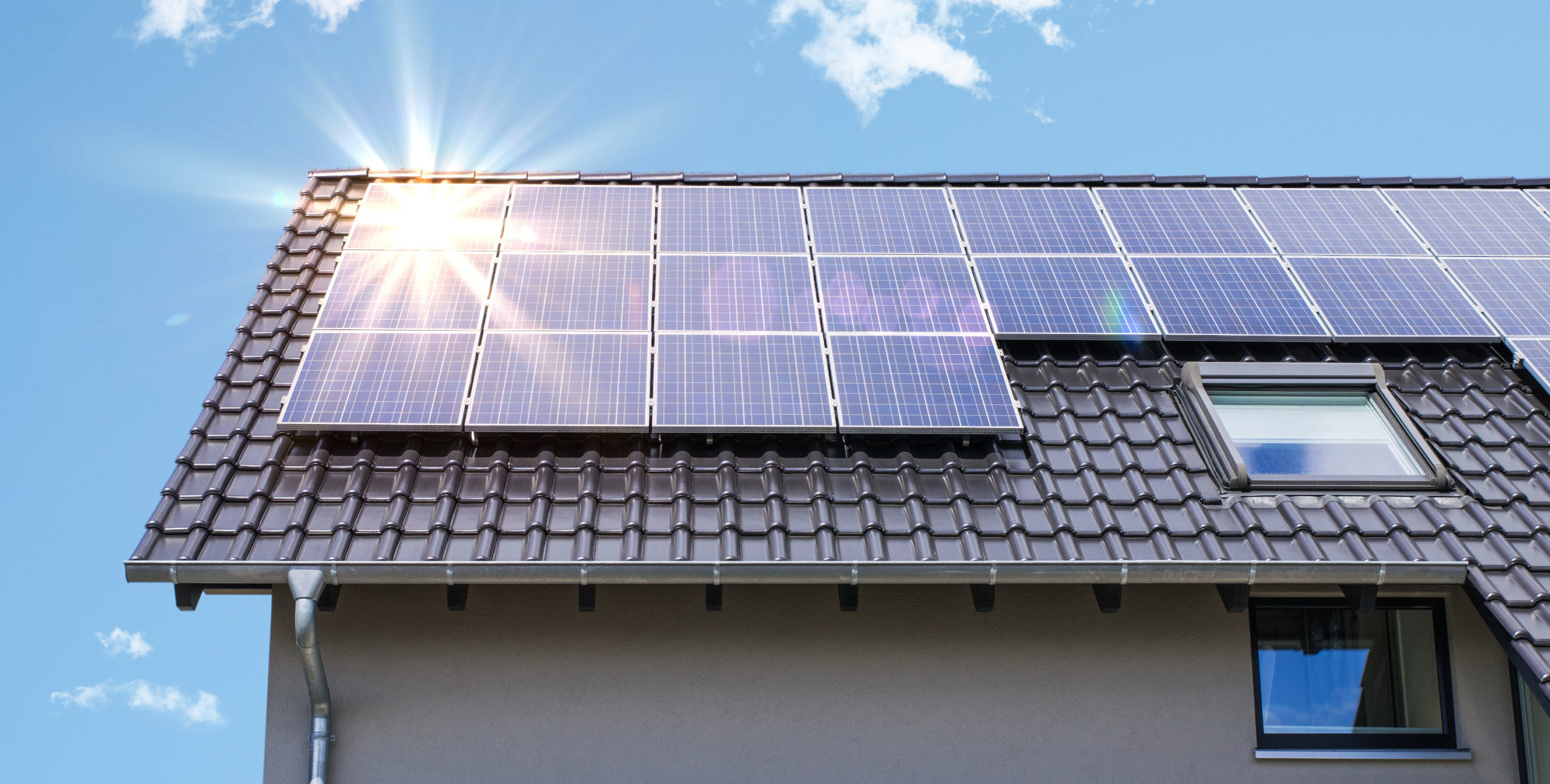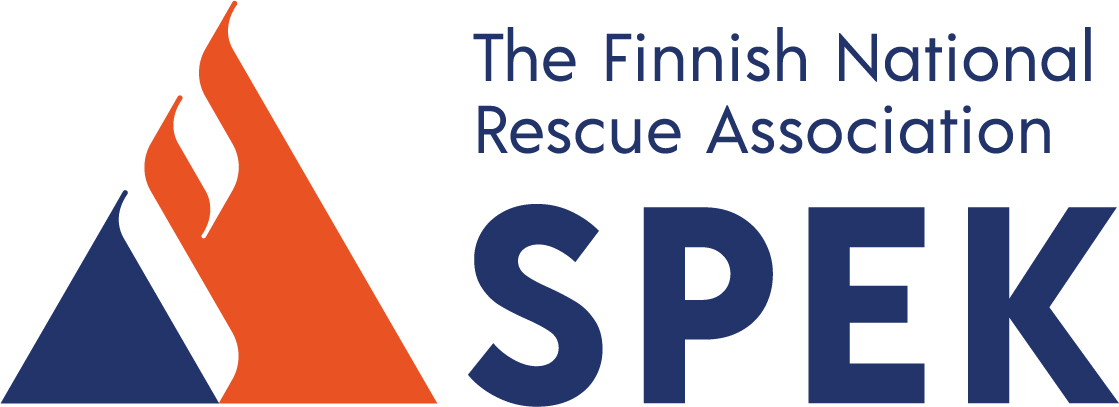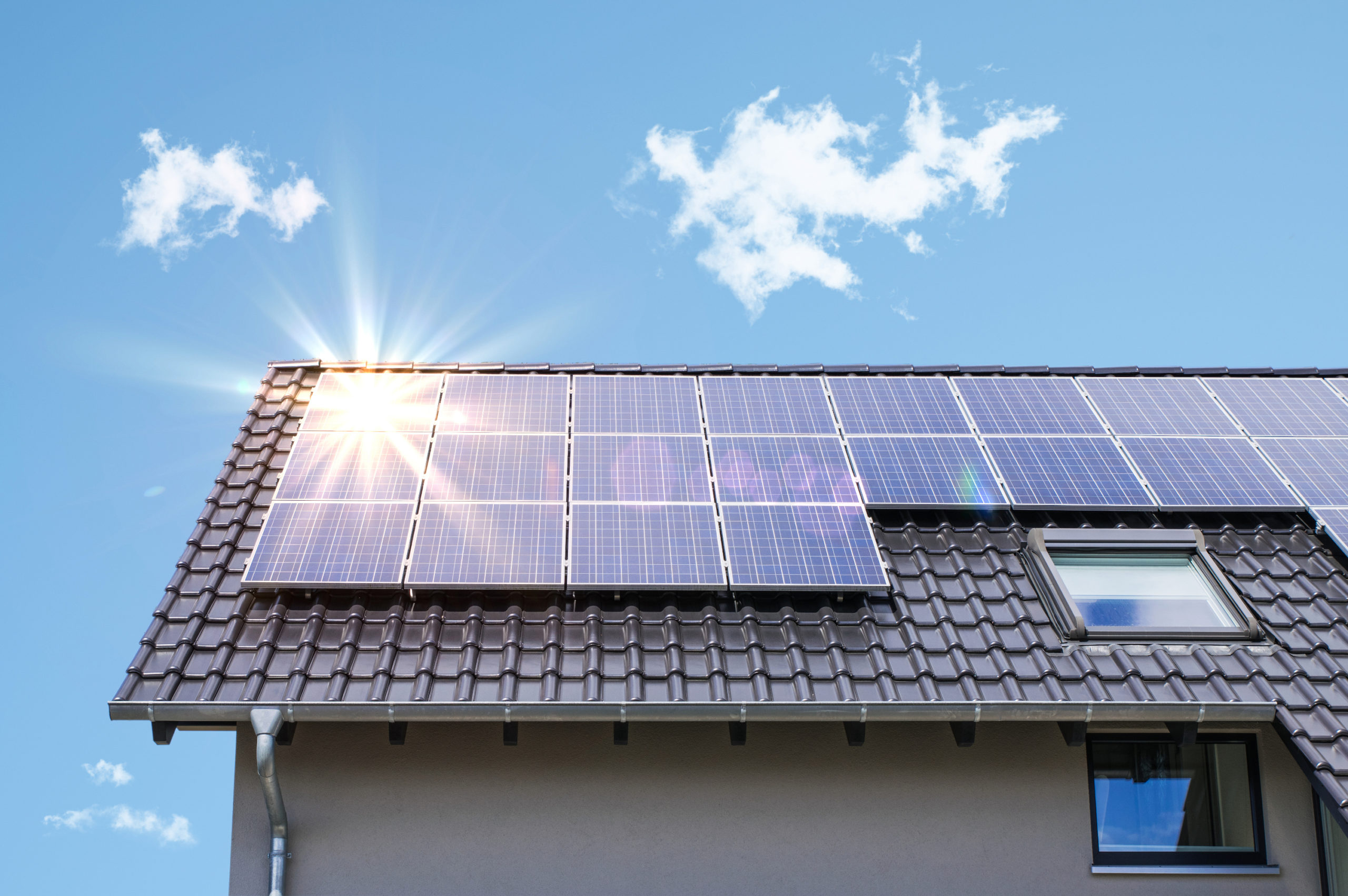A roof-mounted solar panel is always exposed to the elements. In order to securely store and use the electricity generated by the solar panel, the equipment must be well maintained. A faulty solar panel may pose a risk of electric shock or fire. Fortunately, according to statistics, such accidents have so far been rare – but the aging equipment might change the situation for the worse.

‘Snow, frost and storms may put outdoor equipment at risk all year round. The panels could be damaged by the weight of the snow, for example. Due to the installation angle, water, ice and snow may accumulate behind the roof-mounted panel. As the weather gets warmer in the spring, the moving snow masses can damage the cables or the actual panels unless they have been properly protected,’ says Lauri Lehto, Fire Protection Technology Specialist at the Finnish National Rescue Association.
‘Branches flown by stormy winds may also damage the panels or cause short circuits, which could then result in a fire. In addition, leaves, debris or bird nests may accumulate under the solar panel. At worst, they could also damage the panel’s electrical wiring and cause a fire,’ Mr Lehto continues.
Solar panels have a lifespan of up to 30 years, which is a long time to be on the mercy of Finnish weather conditions.
For the solar panels to function securely, clear instructions are given to the user
- Visually inspect the overall condition of the solar panels regularly.
- Inspect the panels for damages especially after storms.
- Carefully remove any dirt and debris. Assess the need for snow removal with a professional and adhere to the necessary safety measures when working on the slippery roof.
- If the equipment appears damaged, contact your system vendor.
- The solar panel system must come with pre-prepared and updated commissioning documentation, information cards and maintenance instructions.
Solar power systems require regular maintenance
‘Issues in solar panel installation are often caused by human error. Before you can start using your solar panel system, a final inspection must be performed by an electrically skilled professional. If there’s been an error in the installation, it is important that it is noticed in time.’
‘We have heard that some solar power equipment manufacturers and contractors have said that solar power systems are ‘maintenance-free’.’ This is not the case. The systems are used in demanding conditions, so regular inspection and maintenance of the equipment are a must for ensuring its safe and proper operation,’ Mr Lehto emphasises.
Solar power production and production sites are becoming increasingly common in Finland, but there is not yet enough information available on their fire safety. Finnish National Rescue Association is involved in the Solar Power Fire Safety project.
The aim of the project is to improve public awareness of the risks associated with solar power systems and to increase the public’s knowledge about fire safety. The goal is to also raise awareness within the target groups of how to take solar power fire safety aspects into consideration both in new construction projects and existing properties. During the course of the project, information and materials will be produced for the owners, users and professionals working with solar power systems.

